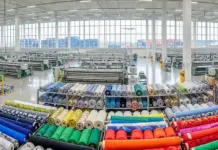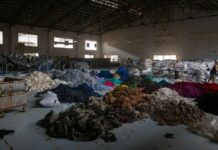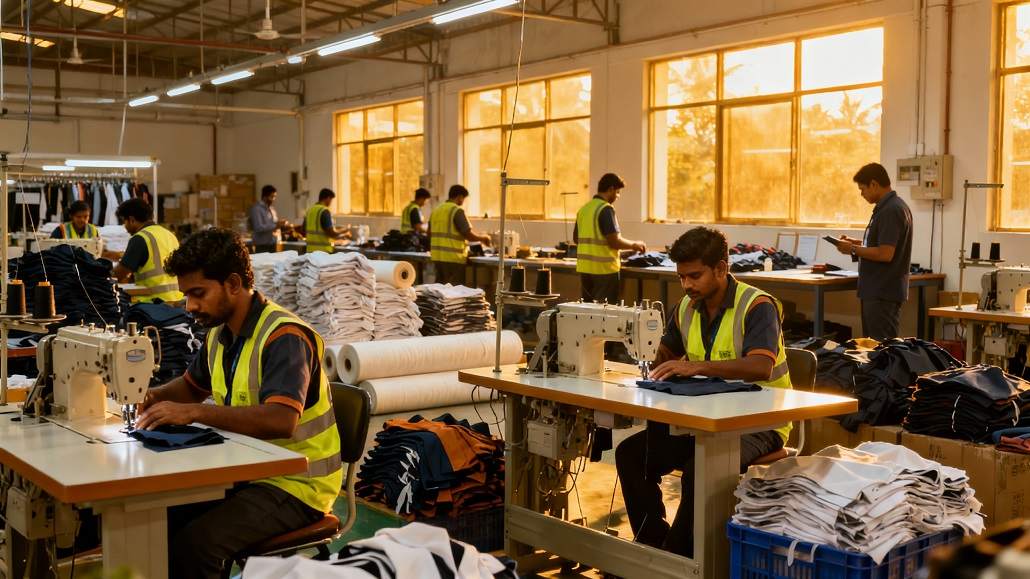Sri Lankan garment exports recorded a slight increase in September 2025, driven primarily by improved performance in the European market. According to the Joint Apparel Association Forum (JAAF), the exports rose by 1.58% year-on-year, reaching just over $403 million, even as shipments to the United States and the United Kingdom declined.
This growth, however, marked a decrease compared to August 2025, when exports were reported at $479.14 million. This trend aligns with historical data, which typically shows September exports falling short of those in August.
Notably, exports to the U.S. decreased by 4.71%, while those to the UK dropped significantly by 15.06%. These declines were offset by a 10.75% increase in exports to the EU and a robust 19.49% rise in exports to other global markets.
For the first nine months of 2025, JAAF reported continued growth in Sri Lankan garment exports, despite various market fluctuations. Total apparel exports from January to September totaled $3.79 billion, reflecting a 6.83% increase from $3.55 billion during the same period in the previous year.
During this timeframe, shipments to the U.S. saw a modest increase of 1.73%, amounting to $1.46 billion, while exports to the EU grew by an impressive 14.24% to reach $1.17 billion. The UK market recorded a minor increase of 2.31%, totaling $533.73 million, along with a 10.45% rise in exports to other markets, which generated $630.29 million.
JAAF stated, “While demand from some traditional markets continues to fluctuate, our exporters have demonstrated remarkable adaptability through efficiency, innovation, and market diversification. The positive cumulative growth highlights the strength and competitiveness of Sri Lanka’s garment exports even amid global headwinds.”
The association remains focused on aligning policies with Sri Lanka’s government and industry stakeholders while fostering growth for small and medium apparel manufacturers.
Recently, the World Bank warned that a 20% tariff imposed on all Sri Lankan freight by the Trump administration could potentially decrease the country’s garment exports to the U.S. by as much as 12%.
The Business & Human Rights Resource Centre, a nonprofit organization dedicated to human rights, noted that such a reduction could significantly affect employment, particularly impacting low-skilled workers and women.
Last month, about 500 employees from a garment factory situated in the Katunayake Free Trade Zone protested against perceived reductions in employee rights, following a recent 10% tariff decrease on Sri Lankan exports to the U.S.
Overall, as Sri Lanka’s garment exports work to navigate these challenges, the industry aims to sustain growth and maintain its competitive edge in the global market.



































